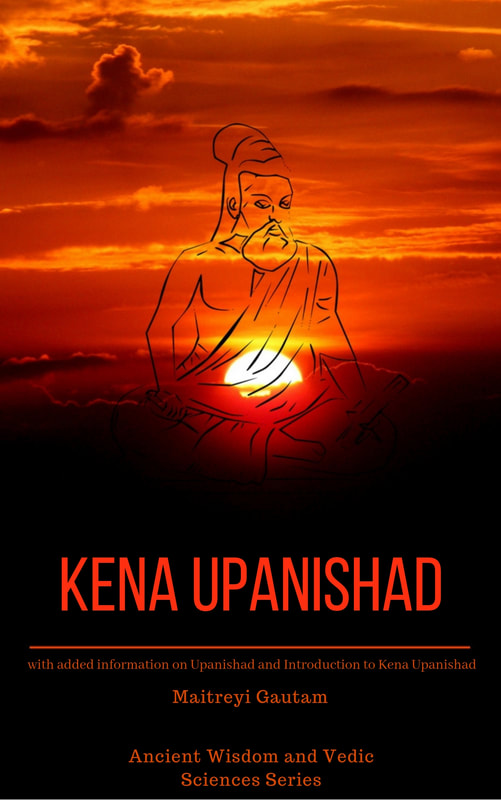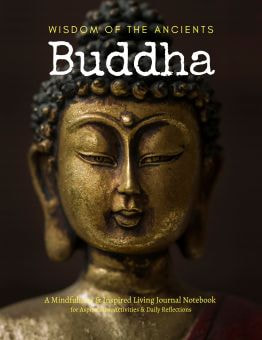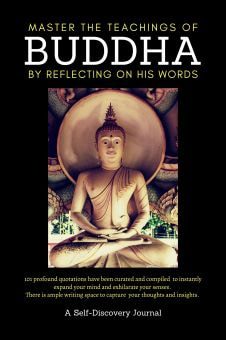Bahula Chaturthi is a significant festival observed predominantly in the western Indian states like Gujarat and Maharashtra. It usually falls on the fourth day (Chaturthi) of the Krishna Paksha (waning phase of the moon) in the Hindu month of Shravana or Bhadrapada, depending on regional variations.
The significance of Bahula Chaturthi revolves around the following aspects:
Legend of Bahula
The festival is associated with the legend of a cow named Bahula. As per the legend, while Bahula was in the forest with her calf, a lion attacked them. She pleaded with the lion to let her go back to her calf to feed him one last time before he could eat her. The lion agreed, and Bahula returned after feeding her calf. Moved by her dedication and sincerity, the lion spared her life. Bahula Chaturthi commemorates this tale of a mother's love and devotion.
Fasting and Rituals
Many women observe a fast on this day for the well-being and prosperity of their families. They break their fast after worshipping the cow in the evening.
Special Offerings
Devotees offer a variety of foods to cows, especially items that cows are fond of, such as green grass, fresh grains, and jaggery. Feeding cows on this day is believed to bestow blessings and good fortune.
In essence, Bahula Chaturthi is not just a religious festival but also an occasion that emphasizes kindness, compassion, and the deep bond of motherhood. The story of Bahula and her calf serves as a reminder of the sacrifices mothers make and the lengths, they go to protect their children. Through the rituals and stories associated with Bahula Chaturthi, the festival promotes values of love, selflessness, and reverence for all life forms.
The significance of Bahula Chaturthi revolves around the following aspects:
- Worship of Cows: The primary significance of Bahula Chaturthi lies in the veneration of cows. On this day, devotees pay homage to cows, which are considered sacred animals in Hinduism. Cows are not milked on this day to give them rest.
- Celebration of Motherhood: The tale of Bahula and her sacrifice for her calf underscores the theme of motherhood and the unbreakable bond between a mother and her child. The festival celebrates this pure and selfless love that a mother has for her offspring.
- Environmental Significance: Apart from its religious significance, the festival also emphasizes the importance of cows in agriculture and the environment. By refraining from milking the cows, people show their appreciation and kindness to these gentle animals, recognizing their contributions to society.
Legend of Bahula
The festival is associated with the legend of a cow named Bahula. As per the legend, while Bahula was in the forest with her calf, a lion attacked them. She pleaded with the lion to let her go back to her calf to feed him one last time before he could eat her. The lion agreed, and Bahula returned after feeding her calf. Moved by her dedication and sincerity, the lion spared her life. Bahula Chaturthi commemorates this tale of a mother's love and devotion.
Fasting and Rituals
Many women observe a fast on this day for the well-being and prosperity of their families. They break their fast after worshipping the cow in the evening.
Special Offerings
Devotees offer a variety of foods to cows, especially items that cows are fond of, such as green grass, fresh grains, and jaggery. Feeding cows on this day is believed to bestow blessings and good fortune.
In essence, Bahula Chaturthi is not just a religious festival but also an occasion that emphasizes kindness, compassion, and the deep bond of motherhood. The story of Bahula and her calf serves as a reminder of the sacrifices mothers make and the lengths, they go to protect their children. Through the rituals and stories associated with Bahula Chaturthi, the festival promotes values of love, selflessness, and reverence for all life forms.






















